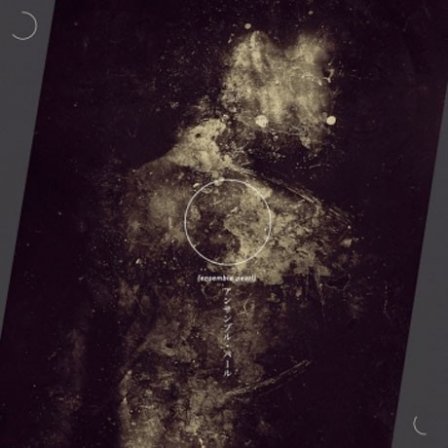“Slowness is beauty,” claimed poet Laurence Binyon, whose words found their way into Ezra Pound’s late Cantos. But slowness presents an interesting problem for music: how do you make something that evolves slowly without losing the listener’s attention? John Cage’s Organ²/ASLSP (As Slow as Possible) doesn’t specify much about its tempo, but the Halberstadt performance of the piece is scheduled to last 639 years. The most attended dates of the performance are on the chord changes. On the other days, how long does the average audience member sit in the room? One can imagine some walking out within a few minutes, grumbling about being bored, while their more zealous comrades stay in for a bit longer to experience the vertigo of the concept, attempting to imagine what history will have unfolded since its beginning by its end (and already we have had September 11, 2001; two declared wars; countless natural disasters; great works of art; etc.).
Ensemble Pearl isn’t quite so glacial, but in the rock idiom, it doesn’t get much slower. If it were any slower, the rhythmic elements would become near impossible to track, both for listener and drummer. Endless sustain is a myth, unless you’re cheating with the freeze/hold function on your delay pedal. But these are veterans of the slow creep of doom. Ensemble Pearl features Stephen O’Malley (sunn 0)))), Atsuo (Boris), Michio Kurihara (formerly of Ghost and White Heaven), William Herzog (formerly of Jesse Sykes and the Sweet Hereafter), and contributions from violist Eyvind Kang and violinist Timba Harris (Master Musicians of Bukkake). These artists know their slow jams, maybe better than anyone in the business (okay, dronologists excepted), and over the six tracks, they spill out huge, sustained bursts of sound into a cavern of reverb. Their comfort and mutual respect is obvious throughout, and no ego is allowed to break the steady pace, except when necessary.
Ensemble Pearl is the type of album that uses gongs to great effect. In fact, Atsuo is really the unsung hero here. Slow percussion requires precise timekeeping and tact, and Atsuo displays both in droves. All the players manifest this restraint, sometimes, paradoxically, to excess. There are a few scorching solos throughout, but most of Ensemble Pearl witnesses the musicians paying more attention to atmosphere than technicality. One of the primary difficulties of collaboration is the clash of personalities and style, but that doesn’t seem to be an issue here. If there is a difficulty, it’s that the musicians are too much an ensemble. Rarely does any individual character rise out of the mix, giving listeners few opportunities to latch onto a moment of glory.
All this might sound dangerously close to post-rock simplicity, but Ensemble Pearl is less interested in the facile crescendo-decrescendo structure of typical guitar-based post-rock bands. Narratives here are tough to pin down; while this is clearly not just a taped jam session, the lengthy tracks never seem to clue in the listener to the mysteries of their structure. The most climactic moments are not necessarily the expected arrival of a melody, hinted at throughout the songs, but ideas that rise and set like heavenly bodies in the celestial sea. It’s a kind of tense peace that tells stories of great whales, not fighter jets, and it gives Ensemble Pearl both a sense of grandeur and an arid emptiness. Perhaps that desert feeling is an aspect of the vertigo of slowness.
More about: Ensemble Pearl


